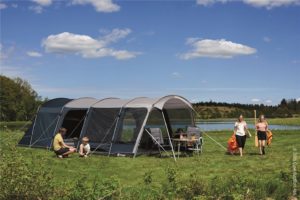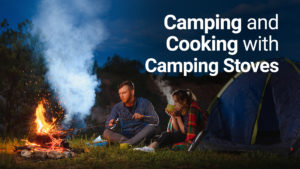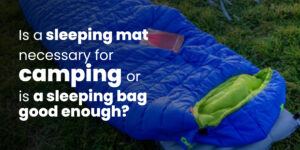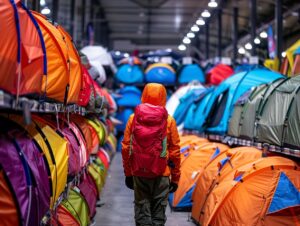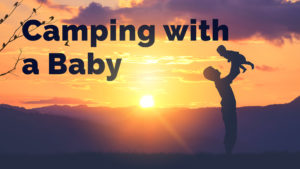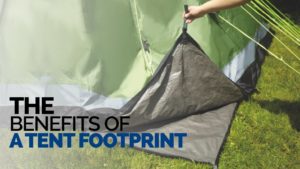
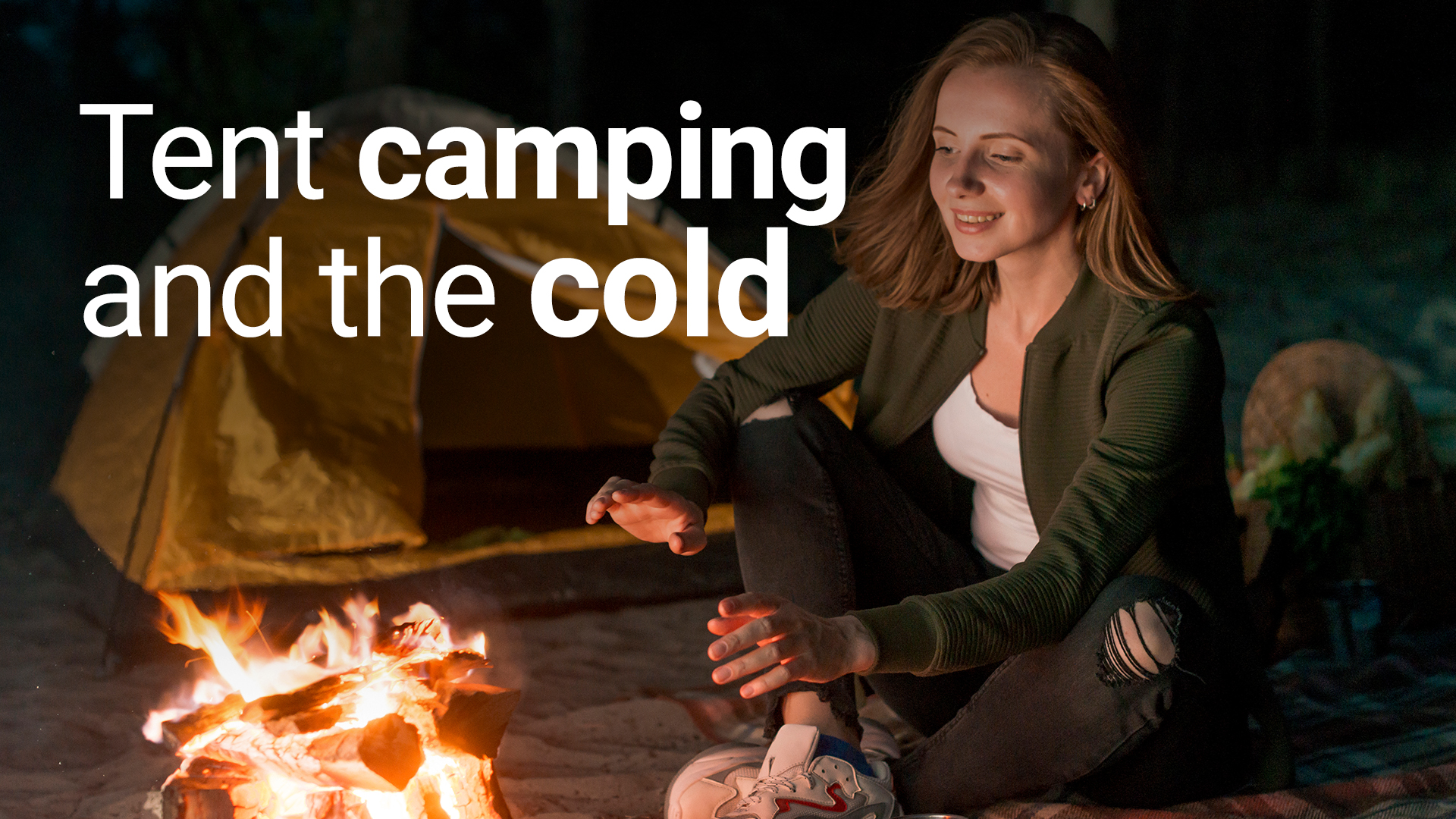
Amy
- Categories: Camping
When Is It Too Cold To Camp?
Tent camping is one of the most common ways that you’d camp. Tent camping is extremely versatile as you can set up camp almost everywhere. This is much more convenient compared to camping in a cabin or caravan. However, tent camping is not always practical or possible. If the weather is too cold, tent camping might no longer be feasible. However, what is too cold for camping? And what are some ways to keep warm when tent camping? In this article, we will answer these questions and discuss how tent camping and the cold go together.
How Cold Is Too Cold?
There are many different factors to account for when determining if it is too cold to camp in a tent. One huge factor is based on whether or not you have the right gear and are experienced in camping. If you are inexperienced and have basic, amatuer gear, temperatures under five degrees celsius would be too cold for you. As someone new to camping, temperatures of ten to twenty-two degrees celsius would be just right for camping in a tent.
How Will I Know It’s Too Cold?
If you are hiking out to somewhere to camp, it might be hard to determine if it will be too cold to camp at your planned location. A general measure for determining if the temperature will be too cold is to look at elevation. If your campground is at low elevation, there will not be much difference between the daytime and nighttime temperature. Therefore, you can base it off the daytime temperature.
If you are camping in the mountains however, there will be a huge difference in daytime and nighttime temperature. This is due to the low air pressure at higher elevations. Therefore, whilst the daytime temperature may be warm, the nighttime temperature might be freezing. The temperature will then be further affected by the presence of rain, snow or clouds. During the night, the temperature at the top will also drop far more than at the base. Therefore, if you are camping at higher elevations, you should try searching the web for a predicted temperature. This will be far more accurate for your planning.
How Can I Stay Warm Whilst Tent Camping?
1. Sleeping Bag Temperature Rating
Firstly, you should find out more about your sleeping bag’s temperature rating. A common mistake made by amateur campers is that they depend wholly on the rating of their sleeping bag to determine their ability to handle the cold. However, the ratings on the sleeping bag may be misleading and you might think you can handle the cold better than you actually can. This is because many sleeping bags use a heated manikin to determine the temperature ratings. The manikin has sensors which determine the temperature and the range of the sleeping bag’s temperature is thus determined through the manikin’s use.
In other words, the sleeping bag rating may not be accurate for your own ability to withstand the cold. After all, you are not a heated manikin. If you are interested in truly determining which sleeping bag to use, you should look for reviews by others to choose the right sleeping bag.
2. Keep Your Extremities Warm
Your extremities get the coldest as it takes the longest for blood to reach them. Therefore, be sure to keep your extremities warm. For your hands, you should pack gloves and polyester glove liners for use. On top of these, you might even want to layer gauntlets. This will help to keep your hands’ warm by insulating it against the cold. For your feet, you should make sure to wear the right kind of socks for the temperature. For extra warmth, you can also get chemical heating pads for your hands and feet.
3. Dress Appropriately
Another way to keep warm is by dressing appropriately, This is especially important when you go to bed as your body temperature will drop as you sleep. Therefore, you should be wearing clothes that can keep you warm during this period of inactivity. As such, the best option would be to dress in layers. Your innermost layer should be a polyester thermal underwear. Alternatively, you could dress in breathable fleece as this would ensure that the layer does not become wet with sweat. Instead, your sweat can be wicked away for evaporation. Alternatively, you can get an innermost layer that’s made of natural fibers, such as wool-fleece or merino wool. Thereafter, a middle layer to keep you warm and finally, an outer layer to protect you from water and wind. You could pack extra layers like a neck gaiter, scarf or hat to protect you further. The best thing about layers is that you can add and remove layers as you feel comfortable with.
4. Choose The Right Spot For Pitching Your Tent
When setting up camp, you might be tempted to pitch it in a shady spot. This is especially so if it is warm. However, as the temperature drops, this spot could become colder and would result in a colder sleeping spot. When you awake, you’d also want to be in line with the rising sun. This is because you’d want the sun to warm your tent up. Otherwise, you’d be waking up in a cold box. Therefore, make sure you pick the right spot! Choose a spot that would fall within the rising sun’s way.
5. Plan For Your Campfire
While we don’t always recommend lighting a campfire, as it leaves a trace. But they can be a great source of heat. Always start pitching with your campfire. You would want to build your tent around your campfire’s spot as this will ensure that you can use the best spot for your fire. This is much better than pitching your tent first and realising that the best spot for your fire is far away from your tent. Therefore, always start with building your campfire before pitching.
6. Plan Ahead
Lastly, always plan ahead. This is important as you do not want to be caught off guard when camping. Always make sure you have an exit plan in mind. This is for when it’s too cold to camp and you have to find somewhere else to go. You will want to have a place in mind as you do not want to be panicking and moving when it’s dark and cold.
Conclusion
In summary, camping in a tent is more complicated than you’d think. This is especially so when it is cold. Therefore, always plan ahead and be sure that you can withstand the forecasted temperature of your campground if you are tent camping!
Share:
By submitting your email address, you are agreeing to receive marketing emails from theexpertcamper.co.uk.
We’ll never share your email address and you can unsubscribe at any time. Privacy policy
Related Posts
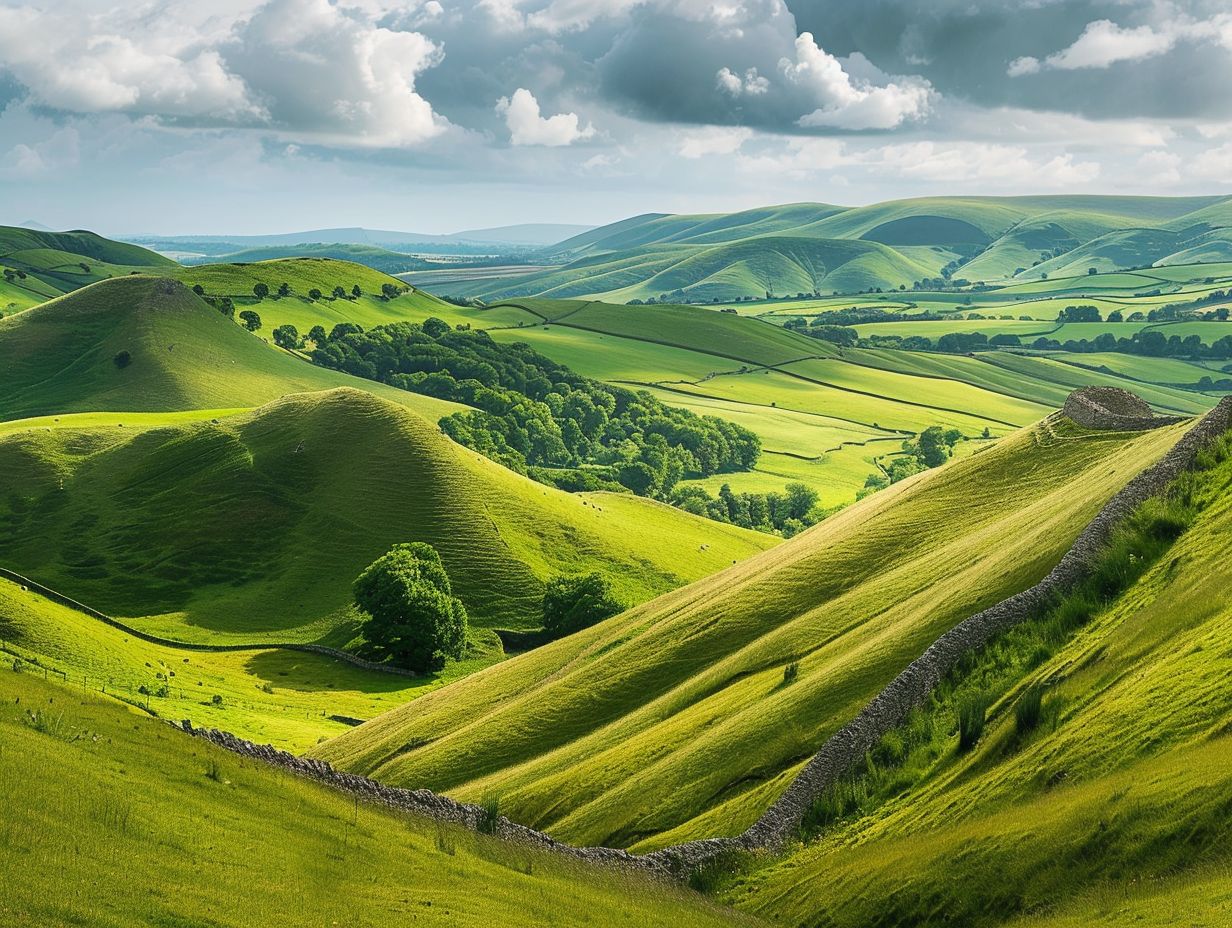
A Seasonal Guide To Hiking In The Peak District
Are you ready to lace up your hiking boots and explore the stunning landscapes of the Peak District? This seasonal guide will take you through

Hiking Challenges Preparing For Your First Ultrahike
Are you ready to take your hiking adventures to the next level? Ultra-hiking offers a unique combination of physical and mental challenges, breathtaking scenery, and
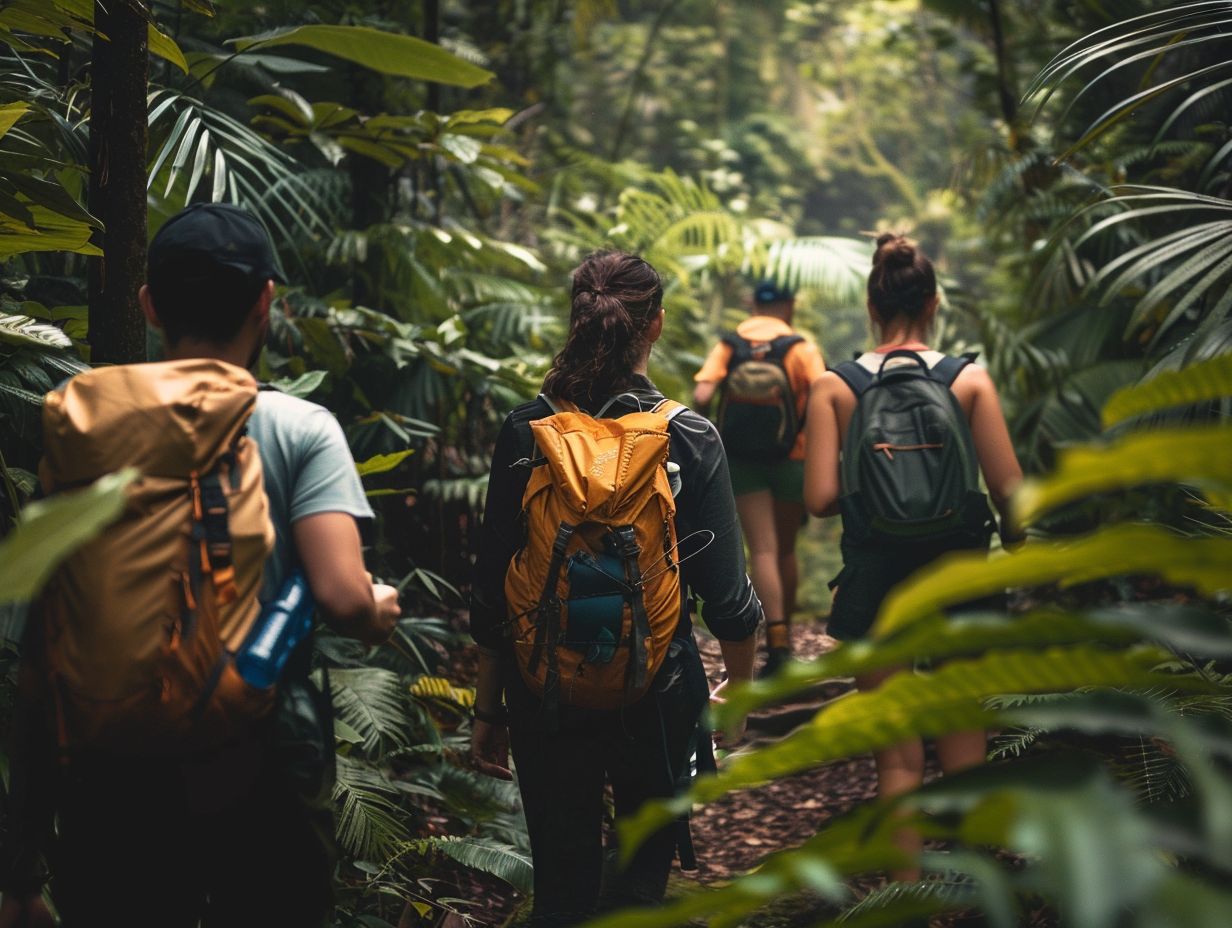
Ecofriendly Hiking Tips For Sustainable Adventures
Are you an outdoor enthusiast looking to minimise your impact on the environment while enjoying the great outdoors? Eco-friendly hiking is the perfect solution! We
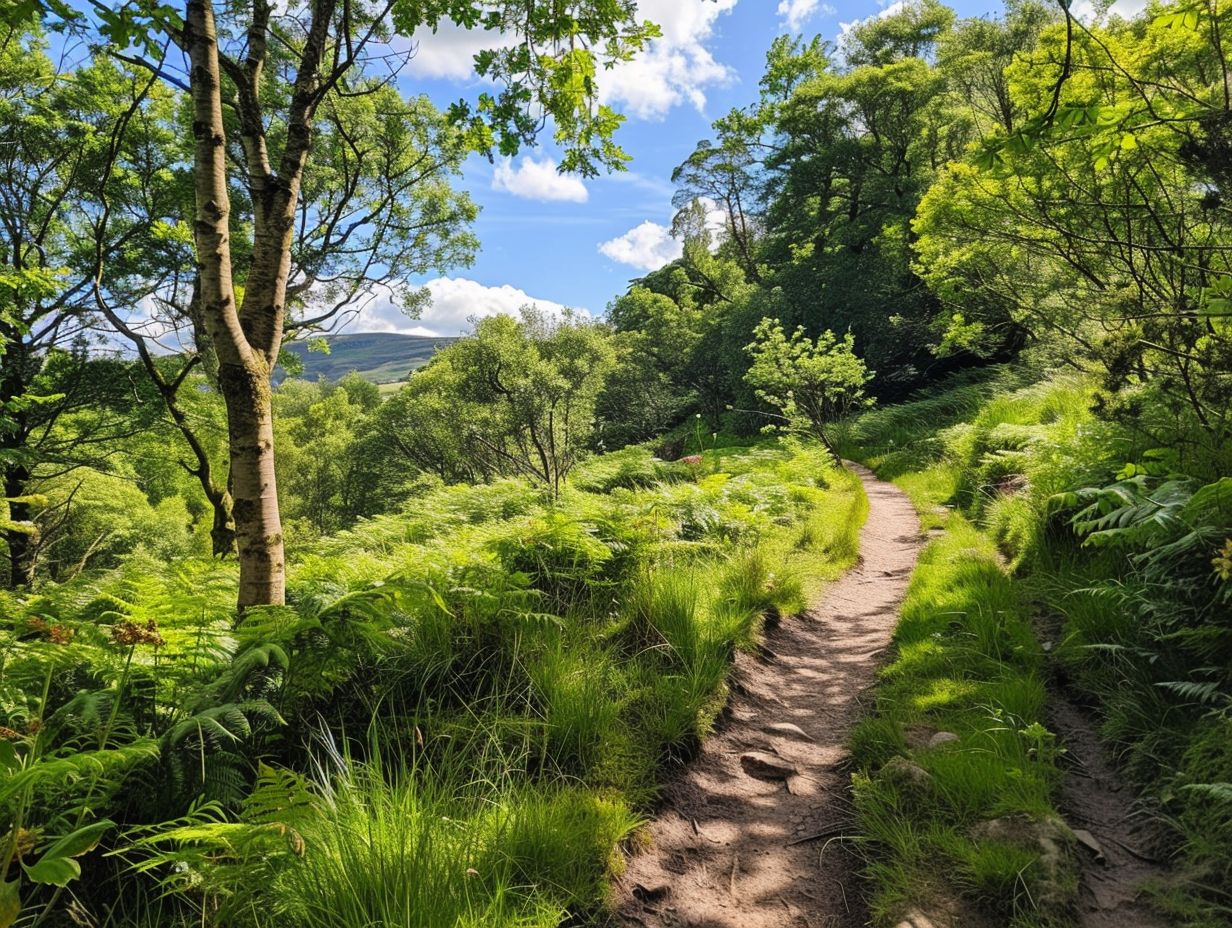
The Best Hiking Trails For Experiencing UK Wildlife
When exploring the picturesque hiking trails of the UK, you can expect to encounter a diverse array of wildlife. From majestic birds soaring overhead to
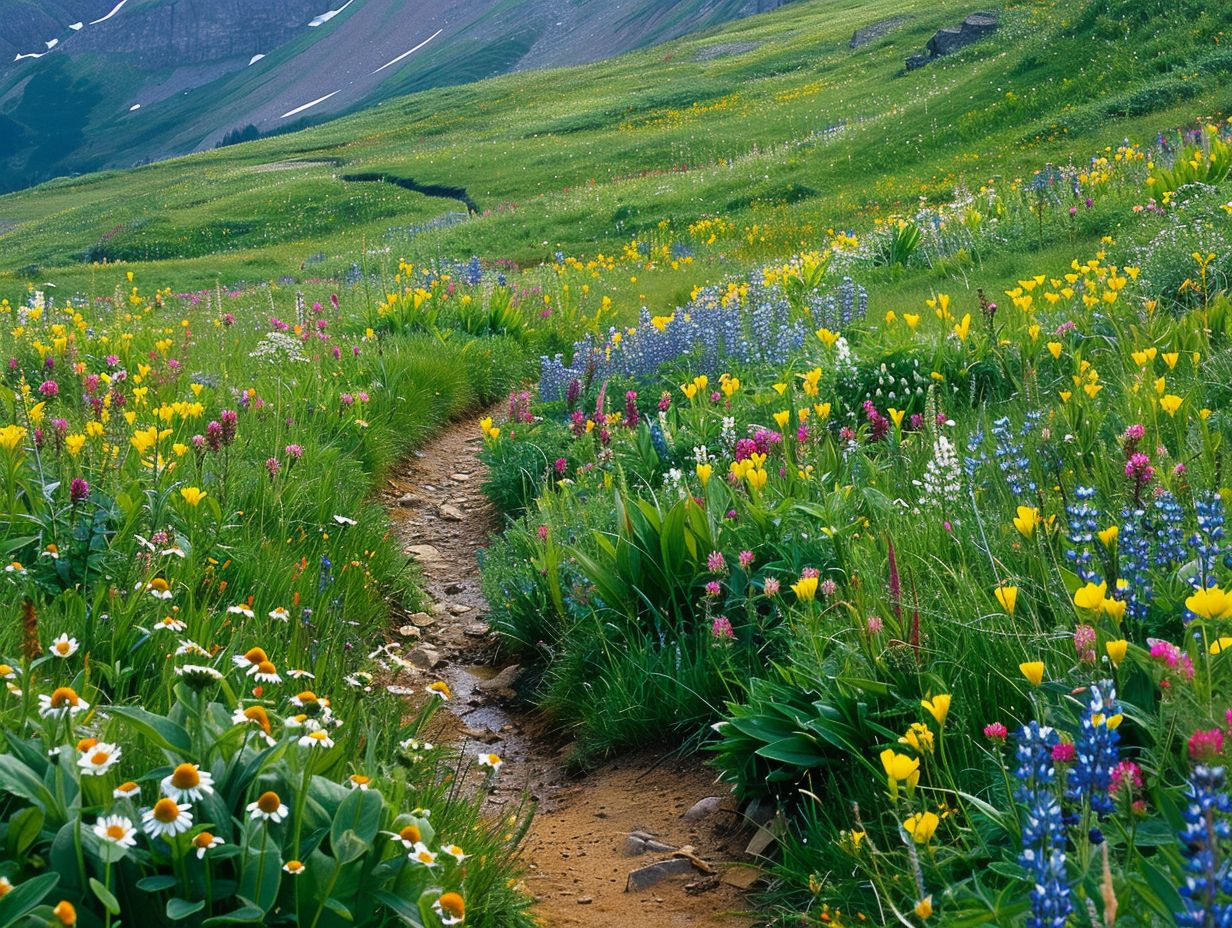
Wildflower Walks The Best Trails For Nature Lovers
Are you a nature lover looking to embark on a wildflower walk? Explore the best trails for wildflower walks, including [Trail Name 1], [Trail Name



